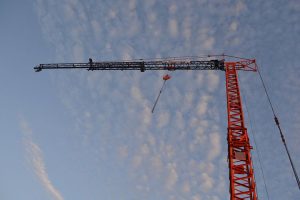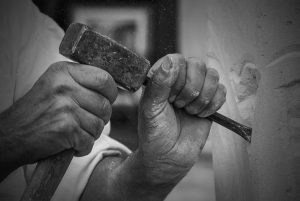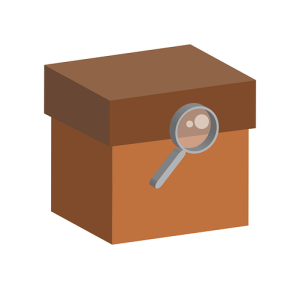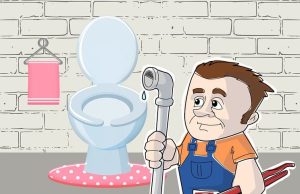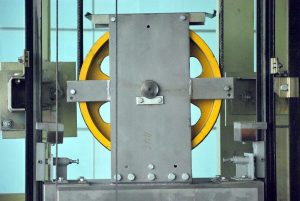What is 3d printing
3D printing, also known as additive manufacturing, is a process of creating three-dimensional solid objects from a digital model. It works by building up the object layer by layer, using materials such as plastic, metal, or resin, until the entire object is complete. The process is guided by computer-aided design (CAD) software, which allows the user to create a digital model of the object they want to print. The software then slices the model into thin layers and sends the instructions to the 3D printer, which builds the object layer by layer using the material specified. 3D printing has revolutionized the way products are manufactured and has opened up new possibilities in fields such as medicine, architecture, and product design.
How does 3d printing work
Here’s a more detailed explanation of the process:
- Creation of a 3D model: The first step is to create a 3D model of the object you want to print. This can be done using computer-aided design (CAD) software, which allows you to create a digital representation of the object.
- Slicing the model: Once the 3D model is created, the software slices it into thin horizontal layers, usually around 0.1 millimeters thick.
- Printing process: The 3D printer then reads the slicing information and starts the printing process. It deposits a thin layer of material, usually plastic, metal, or resin, onto the build platform and then uses a heating element to fuse it into place. The platform then moves down slightly and the process is repeated, building up the object layer by layer.
- Support structure: In some cases, a support structure is added to the object to help support it during the printing process. This support structure can be removed after the printing process is complete.
- Completion: Once the entire object is printed, the build platform is removed and the object is taken off the printer. At this point, the object is complete and can be used or further processed if necessary.
Overall, the process of 3D printing works by adding material in a controlled manner to create an object from a digital model. It has revolutionized the way products are manufactured and has opened up new possibilities in a variety of fields.
How to design 3d printing
Designing for 3D printing involves creating a 3D model of the object you want to print using computer-aided design (CAD) software. The design process can be broken down into the following steps:
- Conceptualization: Start by visualizing the object you want to create. You can sketch it on paper, or use a 3D modeling program to create a rough digital model.
- Define specifications: Determine the size and shape of the object and specify any necessary mechanical or functional requirements.
- Choose a CAD software: Select a suitable CAD software for your design. There are many free and paid options available, ranging from basic programs to professional-level software.
- Modeling: Create a detailed 3D model of the object, taking into account its size, shape, and mechanical properties. This is the most time-consuming step in the design process.
- Slicing: Slice the 3D model into thin layers, usually around 0.1 millimeters thick. This is typically done using slicing software that is integrated into the 3D printing software.
- Printing preparation: Check the 3D model for any errors or issues that may arise during the printing process. Make any necessary modifications to the model to ensure it will print correctly.
- Printing: Once the design is complete and the model has been checked, it can be sent to the 3D printer to be printed.
In summary, designing for 3D printing involves creating a 3D model of the object you want to print, defining its specifications, and preparing the model for printing. The design process requires some technical knowledge, but there are many resources available, including online tutorials and forums, to help you get started.
How to make a 3d model for printing
Making a 3D model for printing involves using computer-aided design (CAD) software to create a digital representation of the object you want to print. The process can be broken down into several steps:
Start by visualizing the object you want to create. Think about its size, shape, and any necessary functional requirements. Choose a suitable CAD software, there are many options available both free and paid. Begin modeling your object, taking into account its size, shape, and mechanical properties. This is the most time-consuming step in the process, but it’s also the most rewarding.
As you work on your design, think about the slicing process and how the object will be built up layer by layer. Check your model for any errors or issues that might arise during the printing process and make any necessary modifications. Finally, when you’re satisfied with your design, you can send it to the 3D printer to be printed.
Making a 3D model for printing can be a challenging, but also a very rewarding process. You get to see your imagination take physical form and bring your ideas to life. Just remember to take your time, be patient, and have fun with the process. With practice and determination, you’ll be a 3D printing expert in no time.
3d printing service
A 3D printing service is a company that provides 3D printing services to customers who want to create physical objects from their digital designs. Customers can send their designs to the 3D printing service, which will then use one or more 3D printers to create the object.
The process of using a 3D printing service typically involves the following steps:
- Design: Customers create a 3D design of the object they want to print, either using computer-aided design (CAD) software or a scanning process to create a digital model of a physical object.
- Upload: Customers upload their 3D design file to the 3D printing service’s website or send it to the service using a file transfer protocol (FTP).
- Quotation: The 3D printing service will review the customer’s design and provide a quotation for the cost of printing the object, which will depend on factors such as the size and complexity of the object, the type of material used, and the quantity of objects to be printed.
- Printing: Once the customer has accepted the quotation, the 3D printing service will proceed to print the object. This can take anywhere from a few hours to several days, depending on the size and complexity of the object.
- Delivery: The finished object is then delivered to the customer, either by mail or by a delivery service, depending on the 3D printing service’s policy.
A 3D printing service can be a convenient option for individuals or businesses who don’t have their own 3D printers but still want to create physical objects from their digital designs. The service can also provide access to high-end 3D printers and materials that might not be available to individual users.
3d printing near me
Find all 3d printing services in your area on Google Maps (see below).




